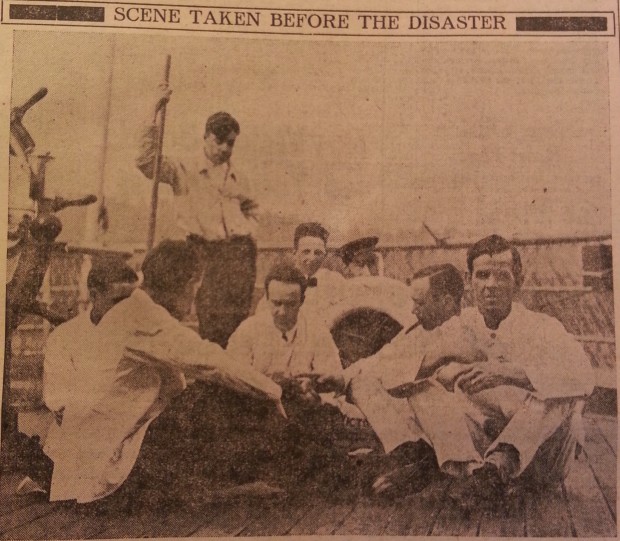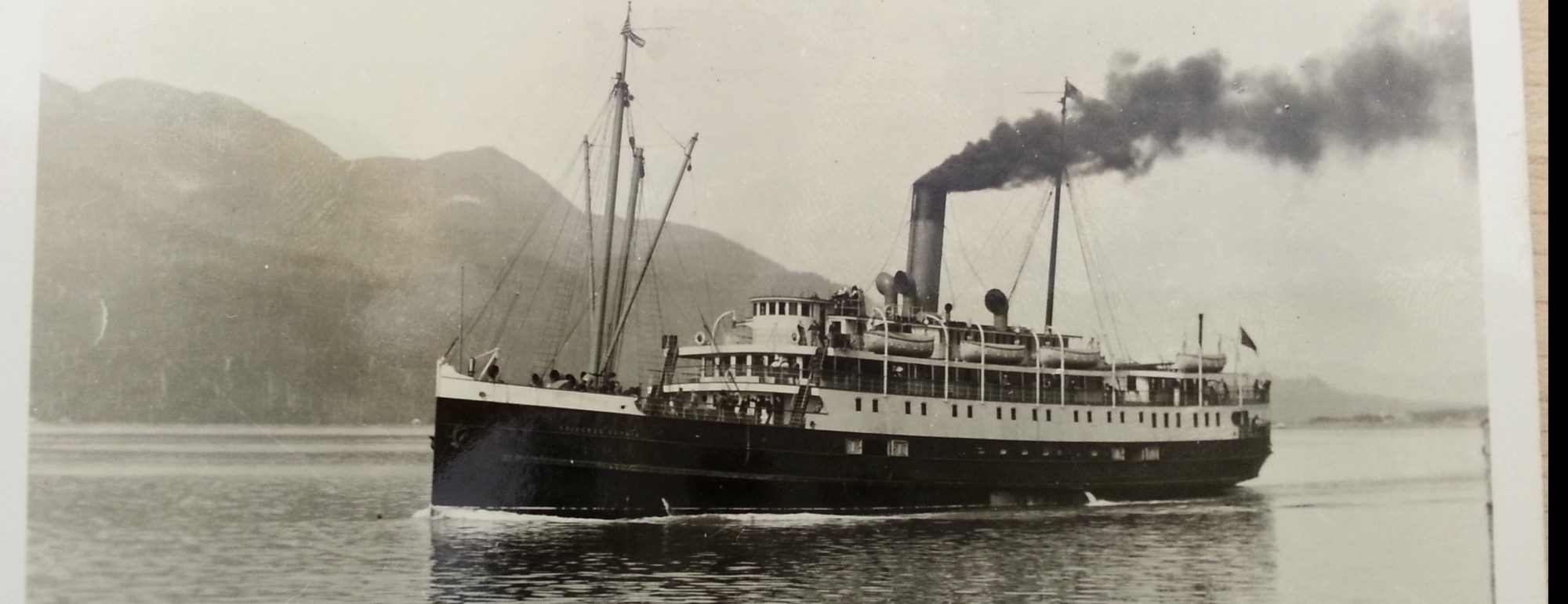Leaving Skagway
The evening of 23 October 1918 was a busy one for the crew of the Princess Sophia. After docking in Skagway at 1 p.m. that afternoon, provisions had to be made quickly to accommodate the passengers looking to head south for the winter. Many of these people, often with their entire families, were leaving Alaska for the last time. They planned to land in Vancouver, Victoria, or Seattle and start new lives far from the cold and rugged world they had grown accustomed to. Between those who were just leaving for the season and those leaving for good, the Sophia’s crew had their work cut out for them in loading the passengers’ cargo. The bustling dockyard, where other ships preparing to head south for the winter were taking on last-minute bookings, made their job even harder as they dodged the crowds of hopeful would-be passengers who scrambled to and fro, desperate to secure early passage to warmer climates.

The Canadian Pacific Railway had foreseen this boom in passengers, and had taken the appropriate steps to ensure they could maximize their profits off the mass migration south. Though the Sophia was usually restricted to 250 passengers, for this voyage the CPR had secured a special permit that allowed the ship to increase its capacity to 350. The general chaos surrounding the dockyard has led to some confusion over the number of victims aboard the Sophia, and it is suspected that the actual number of souls that went down with the ship will never be known. The ship’s passenger list was likely off by a considerable margin. Well-researched estimates place the number of victims at approximately 353, with about 65 of those people being members of the crew. Since the Sophia took on new crew members at Skagway who planned to pay for their voyage south by working, and the chaos on the docks allowed for more than a few stowaways to slip aboard, the exact number will never be known.
On account of the chaotic loading of the passengers and cargo, and the bad weather blowing in over the mountains, the Sophia was more than three hours behind schedule when she sailed into the night at 10:10 p.m. that evening. Just past 11:00, the weather took a turn for the worse as a blinding snowstorm rushed in from the north. Despite the whiteout conditions, Captain Locke decided to maintain speed as the ship moved into Lynn Canal. He had made this voyage many times before, and with his seasoned crew manning the ship there was no reason to expect that this trip would pose the Sophia any problems.
Click here for part two of the story.
